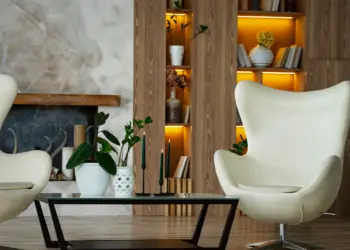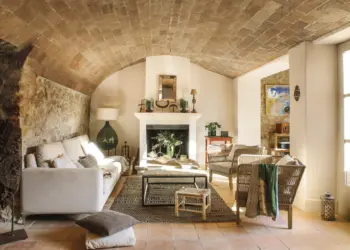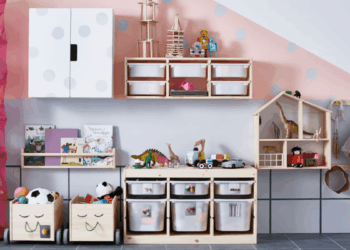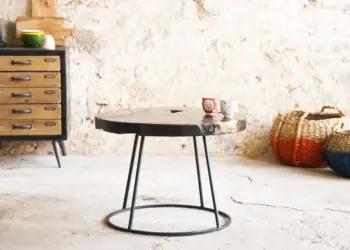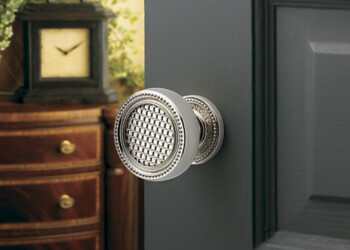When it comes to decorating your home, the floor is often overlooked. Yet, it’s one of the first things people notice when they walk into a room. The debate between carpets and rugs can get quite heated-what’s the difference, and how do you choose the right one for your space? Let’s dive into the world of floor coverings and unravel the mysteries behind carpet vs rug: what is the difference you need to know and which is right for you?
Table of Contents
Understanding the Basics
Carpet: Wall-to-Wall Wonder
Carpets are typically installed wall-to-wall, creating a seamless look that covers the entire floor. They’re often fixed in place with adhesives or tacks and come in a wide variety of styles, materials, and pile heights. From plush, luxurious textures to more practical, hard-wearing options, there’s a carpet for every home.
Rug: Versatile and Mobile
Rugs, on the other hand, are smaller, versatile, and mobile. They come in various shapes and sizes, and you can easily move them around or even switch them out with the seasons. Rugs are often used to add a pop of color, define spaces within a room, or protect high-traffic areas.

Key Differences Between Carpets and Rugs
Installation and Mobility
Carpets:
- Installed wall-to-wall
- Fixed in place
- Requires professional installation
Rugs:
- Free-standing
- Easy to move and replace
- No installation required
Size and Coverage
Carpets:
- Covers the entire floor
- Creates a unified look
Rugs:
- Available in various sizes
- Can be layered or used in combination with other floor coverings
Maintenance and Cleaning
Carpets:
- Requires regular vacuuming
- Professional cleaning recommended
- Stains can be more challenging to remove
Rugs:
- Can be shaken out or vacuumed
- Easier to clean or replace
- Can be sent to a professional cleaner or cleaned at home

Pros and Cons
Carpets: Pros
Economic Efficiency
One of the primary appeals of carpeting lies in its cost-effectiveness relative to rugs. With a myriad of styles and textures available at varying price points, carpets cater to diverse budgetary constraints without compromising on aesthetic appeal or quality.
Style Selection
The expansive array of colors, textures, and patterns inherent to carpeting affords unparalleled design versatility, enabling individuals to curate bespoke flooring solutions tailored to their stylistic preferences and spatial constraints. Whether opting for plush, Berber, or loop pile constructions, carpets offer boundless opportunities for creative expression and customization.
Installation Versatility
Unlike rugs, which necessitate minimal installation requirements, carpets offer unparalleled versatility in placement and configuration. From wall-to-wall installations to custom-fit area rugs, carpets adapt seamlessly to diverse spatial layouts and functional requirements, providing tailored solutions for every room and application.
Carpets: Cons
- Maintenance: Can be harder to clean, especially with spills and stains.
- Durability: Prone to wear and tear in high-traffic areas.
- Installation: Requires professional installation, which can be costly.
Rugs: Pros
Material Matters
The composition of a rug significantly influences its durability, aesthetic appeal, and maintenance requirements. Natural fibers, such as wool, cotton, silk, and jute, epitomize premium materials renowned for their longevity and eco-friendliness. Conversely, synthetic fibers offer affordability and resilience, albeit with potential trade-offs in authenticity and sustainability.
Design Diversity
Rugs serve as expressive statement pieces, capable of imbuing spaces with personality and charm. Whether adorned with intricate patterns, vibrant hues, or minimalist motifs, the design versatility of rugs facilitates seamless integration into diverse interior schemes. Furthermore, customizability options empower individuals to tailor rugs to their exact specifications, ensuring harmonious alignment with existing decor elements.
Maintenance Made Easy
Unlike their carpet counterparts, rugs boast simplified maintenance requirements, owing to their maneuverability and washability. Routine cleaning procedures, such as vacuuming and spot treatments, suffice to preserve the pristine condition of rugs, minimizing the need for professional intervention and prolonging their lifespan.
Rugs: Cons
- Limited Coverage: Doesn’t cover the entire floor, may need multiple rugs for larger areas.
- Mobility: Can slip or bunch up, requiring anti-slip pads.
- Edge Wear: Edges can fray over time, especially in high-traffic areas.

When to Choose Carpet
Carpets are great for spaces where comfort and warmth are priorities. Bedrooms, living rooms, and basements can benefit from the plush feel and insulating properties of carpet. If you’re looking for a cohesive look and don’t mind investing in professional installation and maintenance, carpet might be the way to go.
When to Choose a Rug
Rugs are perfect for areas where flexibility and style are important. They’re ideal for rental properties, or if you like to change your decor frequently. Living rooms, dining areas, and entryways can all benefit from the pop of color and easy maintenance that rugs offer.
Making the Final Decision
In navigating the intricate landscape of carpeting versus rugs, several pivotal questions arise, guiding the decision-making process towards an optimal outcome. By addressing the following inquiries, individuals can elucidate their preferences and priorities, facilitating a definitive choice between carpets and rugs:
- Placement Considerations: Where will the flooring be situated, and what are the aesthetic and functional requirements of the space?
- Design Preferences: What design motifs, materials, and customization options align with personal tastes and interior aesthetics?
- Budgetary Constraints: How does the allocated budget influence the selection between carpets and rugs, considering long-term value and investment potential?
- Maintenance Needs: What level of maintenance is feasible and desirable, considering lifestyle factors and upkeep requirements?
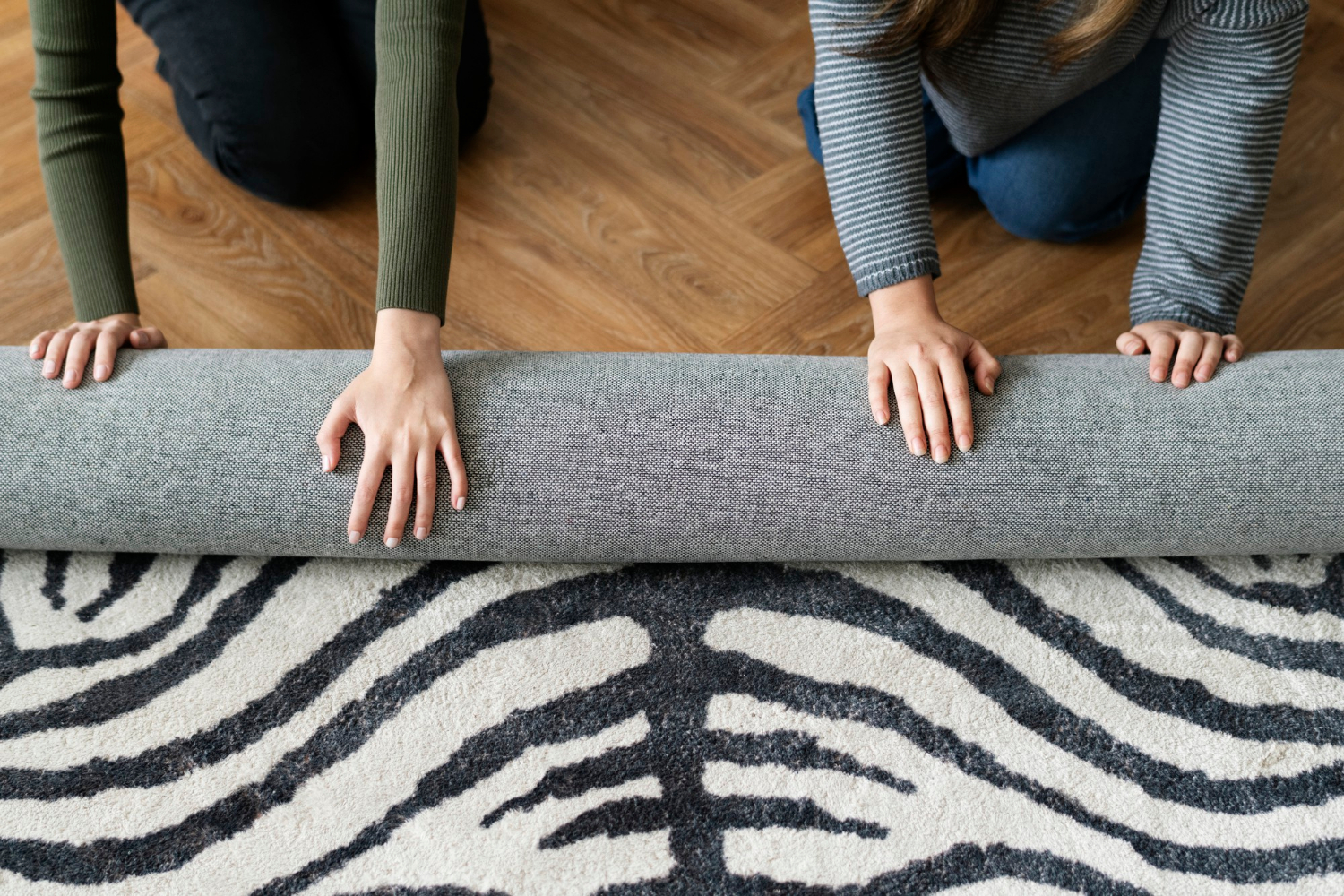
So, carpet vs rug: what is the difference you need to know and which is right for you? It all boils down to your personal needs and preferences. Carpets offer a wall-to-wall comfort and insulation that can’t be beaten, while rugs provide versatility, easy maintenance, and a splash of style. Assess your space, consider your lifestyle, and you’ll find the perfect floor covering to suit your home. Happy decorating!
FAQs
What is the difference between carpet and rug in the UK?
In the UK, the primary difference between a carpet and a rug lies in their size and usage. A carpet typically covers the entire floor of a room, whereas a rug is a smaller, movable piece that is often used to complement the flooring or furniture. Additionally, carpets are generally fixed to the floor, while rugs can be easily moved from one place to another .
Can a rug be a carpet?
Yes, a rug can serve as a carpet depending on its size and usage. While traditionally, a carpet refers to a large, fixed textile floor covering that covers the entire floor of a room, a rug can also be used to cover a specific area of the floor, essentially functioning as a carpet .
Why are rugs called carpets?
The term “carpet” originates from the Old French word “carpite,” which means “to pluck” or “to pull apart.” Over time, it evolved to refer to a large, thick textile floor covering that typically covers the entire floor of a room .
Is a rug cheaper than carpet?
Rugs are generally cheaper than wall-to-wall carpeting. The cost difference is mainly due to the size and material. Rugs are smaller and often made from less expensive materials, making them a more budget-friendly option compared to carpets.

